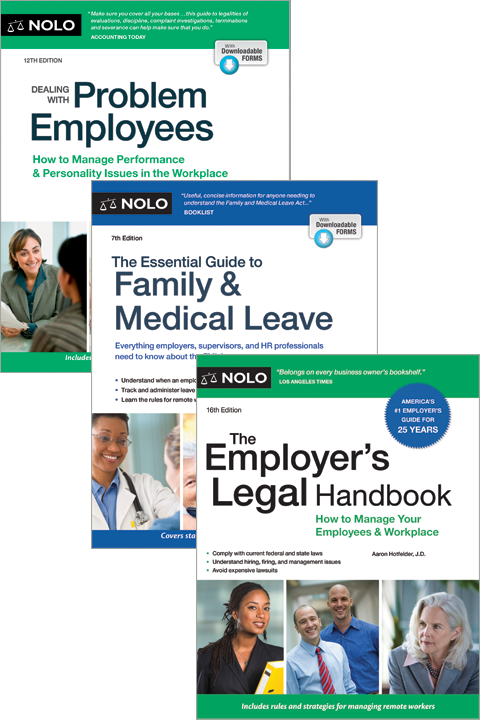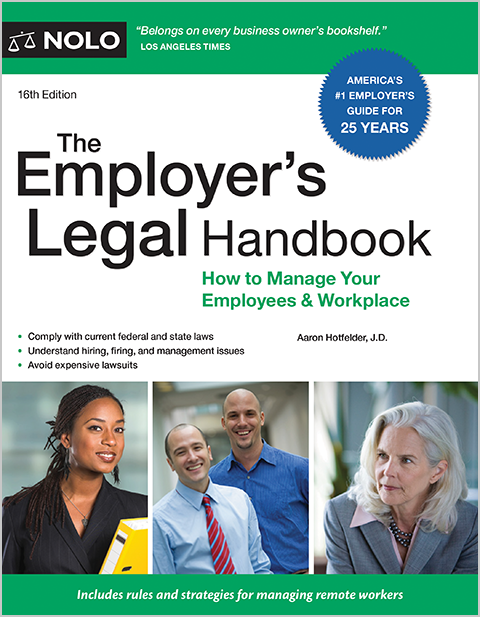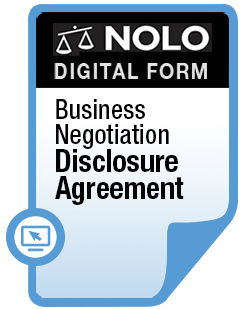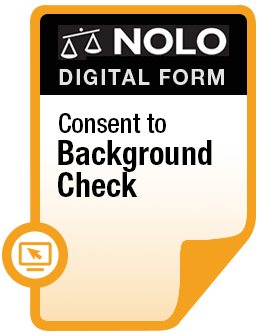Understand what same-sex harassment is and what you can do about it.
Sexual harassment on the job by a supervisor, coworker, or even a third party such as a client or customer, is a violation of federal law and of many state and local laws.
Sexual harassment can occur between members of the opposite sex, or it can occur between members of the same sex. This article focuses on same-sex harassment.
Sexual Harassment in the Workplace
Sexual harassment occurs when a coworker, supervisor, or other third party subjects an employee to unwanted conduct based on his or her sex.
Such conduct includes demands for sexual favors, unwelcome sexual advances, jokes or comments of a sexual nature, or other physical or oral conduct of a sexual nature.
This type of behavior is illegal when it creates an intimidating, hostile, or offensive working environment for the victim employee, or when it results in a tangible employment action (such as the employee being fired or demoted).
Sexual harassment need not be sexual in nature, so long as it is harassment based on the victim's sex. For example, a supervisor who routinely makes sexist (though not sexual) comments that female employees find offensive has likely engaged in sexual harassment.
Same-Sex Sexual Harassment
The U.S. Supreme Court has clearly held that sexual harassment is illegal under Title VII, even if it is perpetrated by someone of the same sex.
In one case, a male employee was harassed by his male coworkers while working on an offshore oil rig. The male coworkers had subjected to him to humiliating, sex-related acts and had threatened him with rape. The Court held that Title VII prohibits same-sex harassment, noting that sexual harassment need not be motivated by sexual desire. (Oncale v. Sundowner Offshore Services, Inc., 523 U.S. 75 (1998).)
In other cases, courts have held that harassment based on gender stereotypes of how a man or woman should act is illegal under Title VII.
For example, it's illegal to harass a woman for being too masculine or to harass a man for being too effeminate. In one case, a male waiter was harassed by his male coworkers for carrying his tray "like a girl" and for not wanting to have sex with a female coworker; he was referred to as "she" and "her" and called "faggot" and "female whore."
The federal Court of Appeals that decided the case found that this was sexual harassment: He was being mistreated because he did not conform to his coworkers' gender-based stereotypes of masculinity. (Nichols v. Azteca Rest. Enterprises, Inc., 256 F.3d 864 (9th Cir. 2001).)
More recently, the U.S. Supreme Court decided in Bostock v. Clayton County, Georgia (590 U.S. 644 (2020)) that workplace discrimination on the basis of sexual orientation or gender identity are illegal under federal law. Because harassment is a form of discrimination under Title VII, this decision reaffirms the principle that same-sex harassment is unlawful.
See our article on sexual orientation discrimination to learn more.
State and Local Laws Prohibiting Employment Discrimination Based on Sexual Orientation
Although discrimination based on sexual orientation and gender identity is illegal under federal law, many states and cities have their own laws prohibiting such discrimination. These laws often apply to employers that Title VII doesn't cover (that is, employers with fewer than 15 employees).
Company Policies on Same-Sex Harassment
Whether they are required to by law or not, employers are increasingly including prohibitions on sexual orientation discrimination and harassment in their employment policies.
Check your employee handbook or other workplace policies to see if such conduct is prohibited. If this conduct is prohibited, you have a right under these workplace policies to seek protection from same-sex harassment, whether it is based on sexual orientation or not.
Talk to a Lawyer
Need a lawyer? Start here.
How it Works
- Briefly tell us about your case
- Provide your contact information
- Choose attorneys to contact you
- Briefly tell us about your case
- Provide your contact information
- Choose attorneys to contact you



